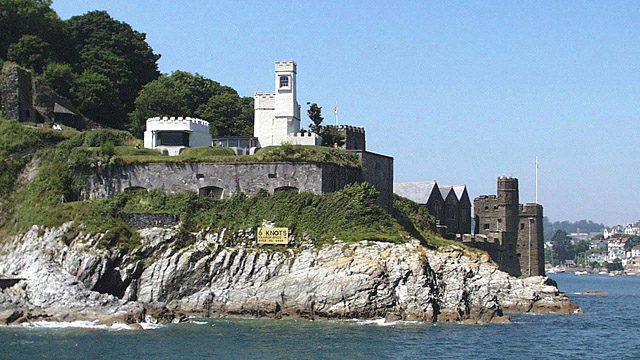Interesting information
Queen Elizabeth II came to the throne on 6th February 1952 and her coronation took place on 2nd June 1953. She celebrated her Silver Jubilee (25 years) in 1977 and her Golden Jubilee (50 years) in 2002. The Queen’s Diamond Jubilee celebrated her 60 year reign. The only other British monarch to celebrate a Diamond Jubilee was Queen Victoria in 1897. This walk was created to commemorate the 60th anniversary of Her Majesty Queen Elizabeth II’s accession to the throne.
The walk takes in some interesting sights around Dartmouth including the National Trust’s woodland site at Dyer’s Hill, acquired by the National Trust from South Hams District Council in 1974 (for more information visit the National Trust website) and Dartmouth Castle.
For over 600 years Dartmouth Castle has guarded the narrow entrance to the Dart Estuary and the busy, vibrant port of Dartmouth. The fascinating complex of defences was begun in 1388 by John Hawley, privateering Mayor of Dartmouth and thought to be the prototype of the flamboyant ‘Shipman’ in Chaucer’s Canterbury Tales. About a century later the townsmen added the imposing and well-preserved ‘gun tower’, probably the very first fortification in Britain purpose-built to mount ‘ship-sinking’ heavy cannon. Climb to the top for breath-taking views across the estuary and see how it could be blocked in wartime by a heavy chain.
Unusually incorporating the fine church of St Petrox, the castle saw action during the Civil War, and continued in service right up until the Second World War. Successive up-dating included the Victorian ‘Old Battery’ with its remounted heavy guns, guardrooms and maze of passages to explore. Here a dramatic film sequence recreates a Victorian gun-firing, and throughout the fortress displays retell the six centuries of castle history. The castle is managed by English Heritage and an entrance fee applies. For more information visit the English Heritage website.
